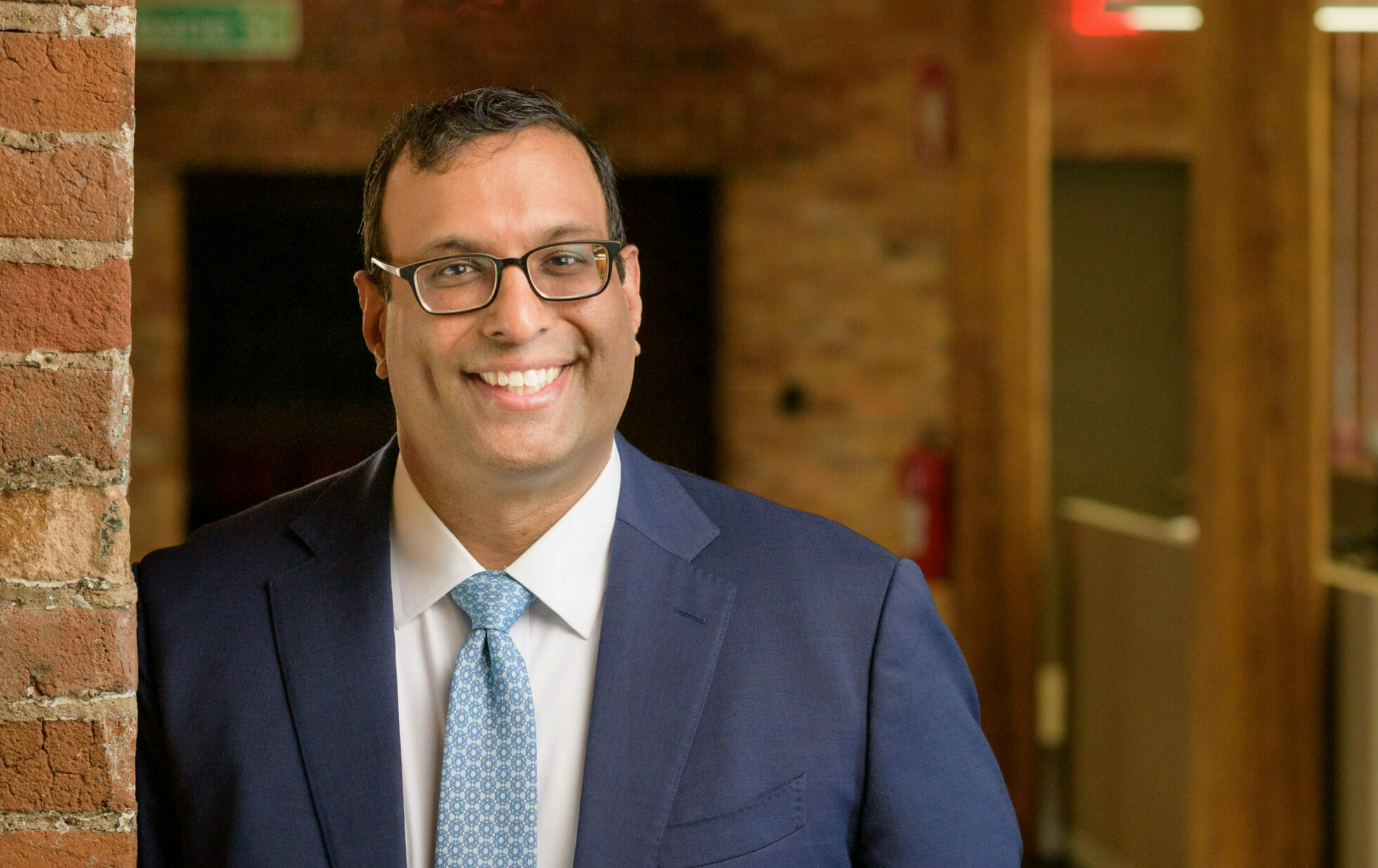Download Optum Presentation Slides
Raise your hand if you know who OptumCare is. Well, if you haven’t raised your hand yet, get ready to. OptumCare, a part of the Optum subsidiary of UnitedHealth Group (UHG), provides data driven, integrated direct-to-patient care including physicians, home health, urgent care and surgical care totaling over $15 billion of revenue in 2016. Said another way – OptumCare is in the top 10 largest health care systems in the United States – larger than the Mayo Clinic, the Cleveland Clinic or the University of Pittsburgh Medical Center. Analysts believe this business could eventually generate over $150 billion of revenue and could quickly become the largest system in the US. That is a trajectory that would make Sam Walton and Jeff Bezos proud.
A decade ago Optum was a small part of UnitedHealth Group, whose primary business was UnitedHealth Care, the large insurance payer. Analysts questioned why Optum was part of the group and labeled it a distraction. Today, Optum is powering the accelerated growth of UHG and leading the transformation of the health care system. Analysts have reversed course and are praising the synergies between the companies and the vision of its leaders. Optum now represents $84 billion of the $185 billion of company revenue and contributed $16 billion of revenue growth in 2016 alone.
In 2016, UnitedHealth Group was also awarded the Silver Medal in the Global Productivity Rankings for its Financial Cycle Time (FCT) in the Health Care Providers & Services industry. FCT measures the average length of time it takes to turn a dollar of investment into a dollar of revenue. UHG’s speed comes from both of its businesses. On the payer side of UnitedHealth Group, it collects premiums and invests the money before it pays it out in claims. But it also gets a benefit from Optum – its productivity platform. Increasingly, UnitedHealth Care is reimbursing OptumHealth for medical services rather than other hospitals or physicians – saving money on efficiencies while keeping it in house. It also leverages its expertise from its data and analytics business by using machine learning and artificial intelligence (AI) to save on costs while getting a better view of patients. UHG also sells end-to-end payment management systems to customers while leveraging the benefits within OptumCare. This gives UHG a tremendous platform to grow profitably while continuing to reduce the cost of care.
UHG has built a scalable platform for growth. The organization has heavily invested in productivity and the standardization of its processes while also integrating its businesses to create synergies. By building learning from customers into its platform, UHG is also building an ecosystem that allows it to leverage best practices to simultaneously create a direct-to-patient system that provides high levels of care at an even lower cost. And the biggest trick – the organic growth rate of a $185 billion company is expected to accelerate over the next five years. Investors seem to have taken notice. UnitedHealth Group’s stock price is up 40% over the last year, while the S&P500 Health Care Index is up only 8%.
Key Lessons Learned
- Creating a scalable platform is key to driving profitable growth at low cost
- Health care patients are more frequently demanding end-to-end services and the companies that can provide this efficiently are winning
- Companies that are more agile and have repeatable processes can drive competitive advantage relative to peers
Joe Perfetti is an award-winning Lecturer in Finance at the University of Maryland and an educator with Duke Corporate Education, a global provider of customized education. He created Demystifying Finance: Finance for Non-Financial Managers, a digital offering for Duke Corporate Education.
Michael Cichello is a Finance professor at Georgetown University and an educator with Duke Corporate Education, a global provider of customized education. He is also co-author of the 6th edition of McKinsey & Company’s Valuation Workbook.



